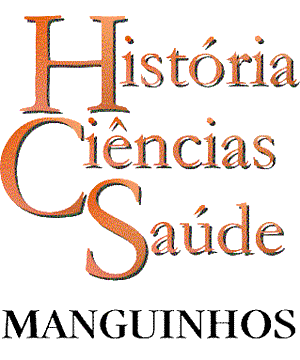Resumo em Português:
Este texto discute a contribuição da artista plástica, educadora e humanista Fayga Ostrower (1920-2001) ao tema ciência e arte. Fayga dedicou sua vida às artes plásticas e à educação artística. Entre 1948 e 2001, expôs suas obras em diversos museus brasileiros e estrangeiros. Lecionou durante 16 anos no Museu de Arte Moderna do Rio de Janeiro, ministrou cursos nas principais instituições artísticas do país e proferiu palestras - para estudantes, artistas, operários e empresários - por todo o mundo, com carisma, didatismo e clareza. Além de uma breve biografia da artista, pretende-se apresentar aqui suas principais idéias sobre as relações entre a arte e a ciência, um tema que a fascinava. Muitas dessas reflexões foram registradas por ela em seu penúltimo livro, A sensibilidade do intelecto: visões paralelas de espaço e tempo na arte e na ciência, pelo qual recebeu o Prêmio Literário Jabuti, da Câmara Brasileira do Livro, em 1999.
Resumo em Inglês:
The article discusses Fayga Ostrower's contribution to both science and art. Artist, educator, and humanist, Ostrower (1920-2001) devoted her life to art and art education. Between 1948 and 2001, her works were exhibited at numerous museums in Brazil and internationally. She taught at Rio de Janeiro's Museu de Arte Moderna for sixteen years, gave classes at Brazil's top art institutes, and lectured with charisma, enlightenment, and clarity to students, artists, workers, and businessmen around the world. The article offers a brief biography of the artist's life, and describes her main ideas on the relation between art and science, a topic that fascinated her. Many of these thoughts were recorded in her penultimate book, A sensibilidade do intelecto: visões paralelas de espaço e tempo na arte e na ciência (The sensibility of the intellect: parallel views of space and time in art and science), for which she received Brazil's top literary prize, the Jabuti, in 1999.
